UK prepares military to drive ambulances as paramedics are set to go on strike
Britain has asked hundreds of servicemen to prepare themselves to drive ambulances ahead of a countrywide strike by British paramedics and their fellow healthcare workers.
With the strike set to take place on Wednesday, the government on Monday put 600 drivers and 150 logistical staff on standby to drive ambulances.
"There will be impacts on patients as a result of the strike action," said health minister, Steve Barclay.
The industrial action will see more than 10,000 paramedics and call handlers go on strike, as the standoff over pay between government and healthcare workers escalates.
While ambulances will still be sent to life-threatening emergencies, patients with less serious conditions are being advised to make their own way to hospital.
Ambulance workers have not set out their exact demands, but UNISON union leader, Christina McAnea, said there was a risk staff would leave the service for better paid jobs and called the government's approach to negotiations "completely intransigent."
"Seriously, there's no trust left between us and the government," she told BBC radio.
The country is facing a wave of industrial actions this winter amid the highest inflation and worst cost-of-living crisis in generations, with strikes crippling the National Health Service, rail network and postal service, and airports.
Across the NHS, thousands of British nurses went on strike last week for the first time in the profession's 106-year-old history. The nurses, who are also due to walk out again on Tuesday, have demanded a 19% pay rise.
The government has said it cannot afford to pay more than the 4-5%. It says further pay increases would mean taking money away from frontline services.
Also on Monday, a leading accounting company warned that the UK economy has already entered a "protracted recession," which is set to last until the end of next year, putting more pressure on Britons, who are already squeezed by skyrocketing prices.
According to the latest UK Economic Outlook, the UK economy will shrink by 1.3 percent in 2023, amid continued inflation and higher interest rates.
World has ‘embarrassingly failed to stop Israel amid incessant US support’: FM
Iran-Egypt ties poised for revival as first Iranian president visits Cairo in 11 years
Iran’s cenbank says inflation down to lowest in 4 years
Iran rejects Canada-sponsored UNGA resolution as baseless, political
US disregards Spain’s arms embargo on shipments destined for Israel
Palestinian detainees on hunger strike to protest Israeli repression
US sanctions 3 individuals, 4 entities over links to Iranian military
VIDEO | Press TV's news headlines


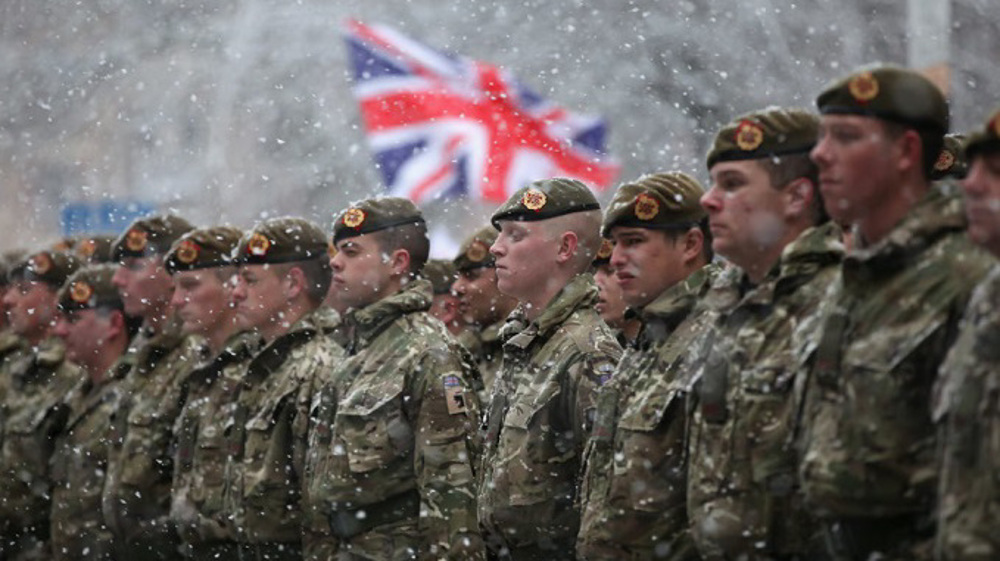

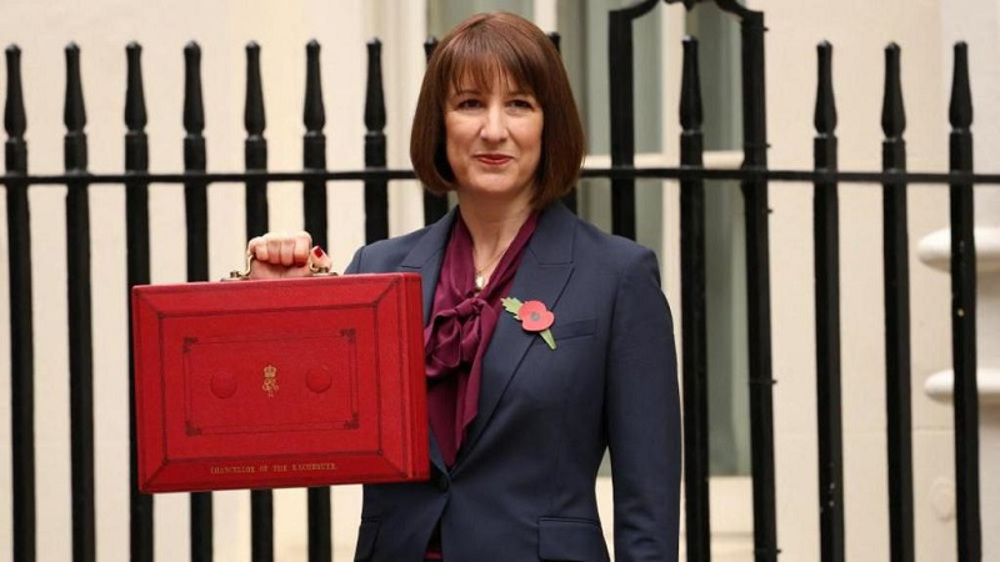
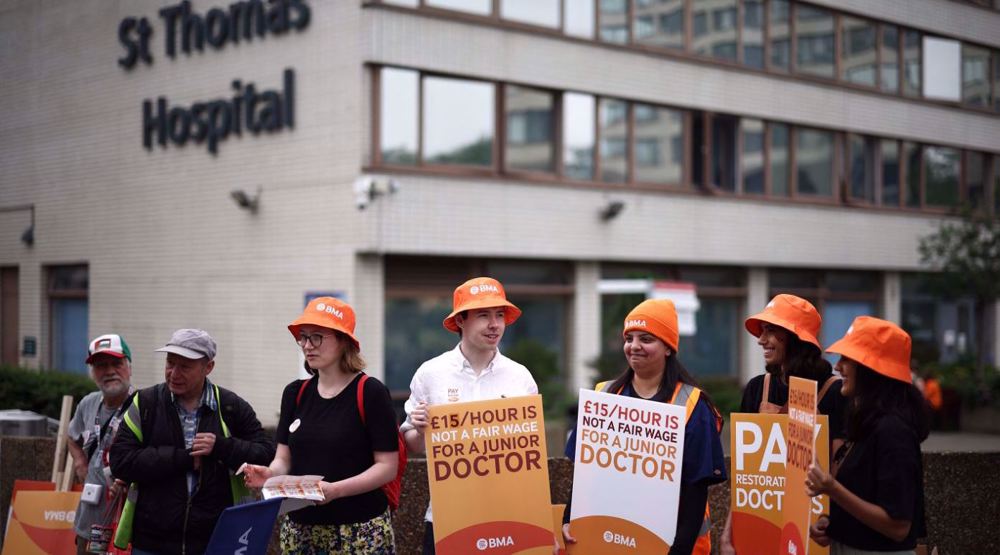



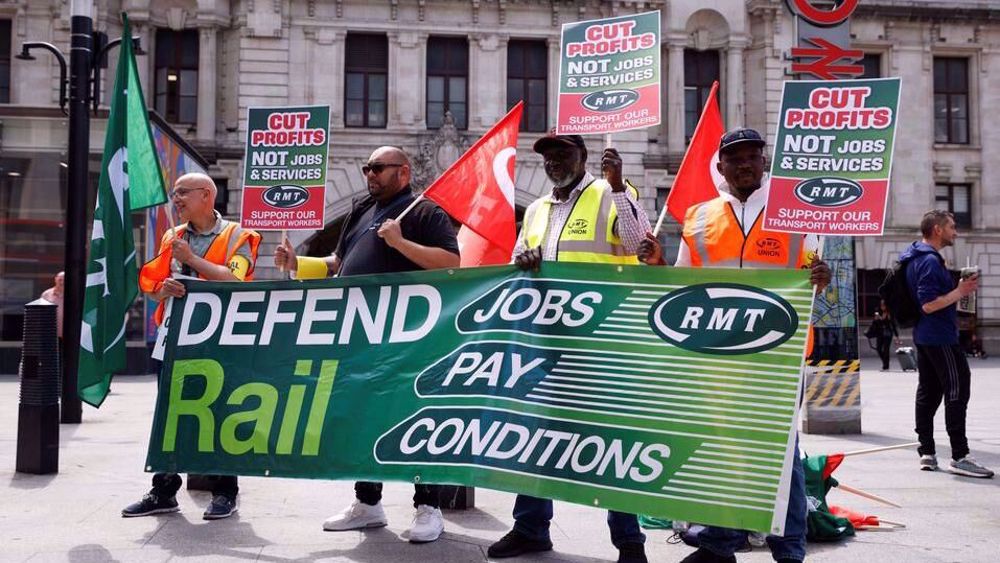

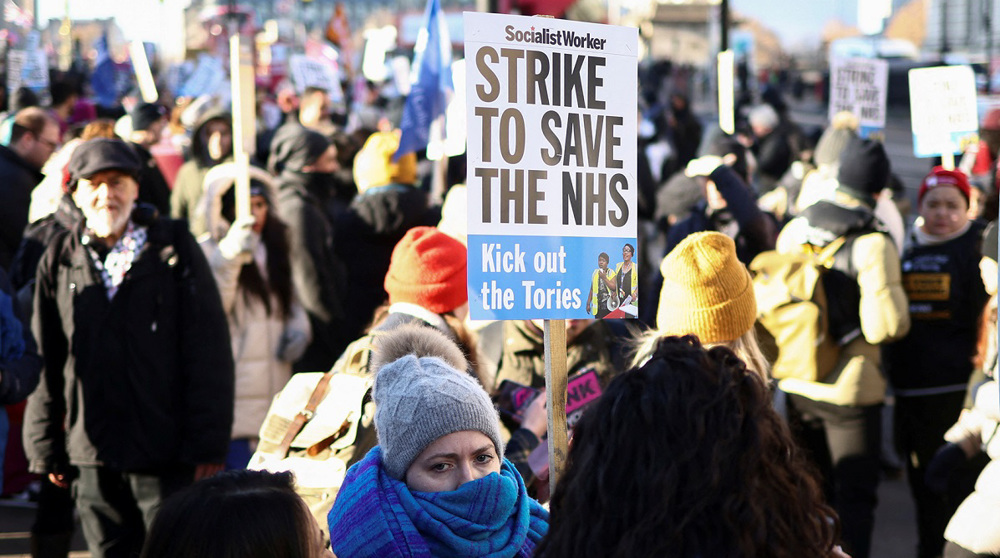

 This makes it easy to access the Press TV website
This makes it easy to access the Press TV website